How to Lead an Organizational Transformation for Lasting Change
Category:Leadership,Organizational Transformation,UncategorizedImplementing an Agile Transformation is No Simple Feat
Creating deep, lasting organizational change is hard.
One of the biggest reasons behind a successful organizational tranformation is the quality of leadership that is behind the implementation. Without strong Leadership in place, a company is unlikely to make cultural change stick.
The Reason Agile Transformations Fail
Most transformation efforts seek to instill a creative culture – the kind that attracts the very best talent, drives innovation and ignites speed to market. Leaders aim to promote and foster this in their organization. Yet often the same leaders have not fully honed their own internal capabilities and those of their people in order to enact and sustain the change. And so you get a lot of activity that fails to result in a deep, lasting change. And leadership does not see itself as the reason it failed.
Have you ever experienced the “flavor of the month”?
In order for cultural change to stick, leaders must be willing to look inward. Management training and on-the-field practice does not equal the real world day-to-day. Like gravity, without the proper internal operating system in place, Leaders will fall back to their modus operandi, or Reactive Level of Leadership.
As a Lean-Agile coach for Fortune 100+ organizations, I recognize that am limited in my ability to effectively help other leaders rise to a higher level of performance than I am currently capable of internally. Correspondingly, it is important that Leaders take the initiative to work on their own development and the development of their people. The Leadership Circle Model defines this process as:
1) Uncovering the creative and reactive leadership areas
2) Developing creative leadership areas
3) Reducing reactive leadership areas
Broadly, there are five stages of leadership that are relevant to the degree that an organization achieves transformational success; The Egocentric, the Reactive, the Creative, the Integral, and the Unitive. Here I will be covering the first three.
The Egocentric Leadership Level
“Do not tolerate brilliant jerks. The cost to teamwork is too high.” – Reed Hastings, CEO Netflix
At this level, it’s all about Numero Uno (me). About 5% of adults operate here. The emphasis is on loyalty to self. This type of leadership is normal in adolescent development. But in adulthood, it’s considered pathological and it’s extremely destructive to an organization’s health. From a Leadership and culture standpoint, this must be addressed.
The Reactive Leadership Level
This is about loyalty to the organization. There is a strong congruence between a Leader’s competency and their sense of identity. For example, if I am good at fixing problems, then a Problem Fixer is who I am as a person. I may be the Intellect, the Architect or the Orchestrator. That’s me. I’ve seen good talent leave the building because the ways of working changed, like the incorporation of a new programming language into the company’s technology stack as a DevOps and Continuous Delivery enabler. Here, the “Java Expert” identity was put squarely at risk, and they felt compelled to act accordingly.
These Leaders typically care deeply about their people and manage like well-intending matriarchs or patriarchs. It’s all about competency. It’s mechanistic. Input is typically taken from below and decision making is made at the top. At this level, there are lots of risks and liabilities as it relates to leading and sustaining a transformational change. The vast majority of leaders in organizations operate here.
The Creative Leadership Level
The Creative level emphasizes development of self and others. The leader is no longer the sole decision maker. They instead act as facilitators and as developers of people. They are responsible for the vision, and in helping others to see how it converts into reality. At this stage, sharing power is not seen as letting go of control, but rather as acquiring power by way of sharing it.
As I transitioned in my career from a Scrum Master supporting a couple of teams to Coaching a program with over a dozen teams, it was important to recognize that in order to scale successfully, shifting my mindset from being a problem solving leader to a developer of others, was integral. I could not be everywhere. The economics simply no longer made sense.
In fact, the degree to which I was able to equip others as Leaders became my own top success criteria. For example, if I found that in a given week I had an increased volume of people swarming my desk, I knew something was up. I would step back and ask myself, is the intent clear enough? Do people have the information readily available to them make high quality decisions and act? What needs happen to enable them to do their job effectively?
This doesn’t just mean supporting formal Leadership roles like management and product but also the “knowledge workers” who are closest to the work itself.
Thought Exercise:
Clock yourself at five minutes to write answers to the following questions:
- What is the primary cause of failed transformations?
- Which levels of leadership do you see yourself mostly operating in (egocentric, reactive, creative)?
- What are your top two strengths? Where do you go when you’re in a crisis?
- Executive Scenario: Our customers are a priority. We need to deliver this by quarter, we can fix things that are broken in q1 next year. What type of Leadership level does this suggest?
- “We’re agile, we have scrum teams, we do daily stand ups, we have sprint planning.” What could be missing?
- “We have scrum teams, we do daily standups, we focus on impediments, we care about our people and our customers, we monitor our quality, we are often willing to take short term business trade-offs to make sure our technical debt is kept down.” Is this an Agile team?
- In what ways will transitioning to the next area of Leadership benefit those around you and your business success?
References
Mastering Leadership – Robert J. Anderson, William A. Adams The Leadership Circle




